Embark on a journey through Barcelona's captivating art and architecture. Explore the visionary works of Gaudí, Picasso, and more, set against the city's stunning landscapes.
GVI
Posted: July 5, 2024

Beyers De Vos
Posted: June 6, 2022
Want to make a positive impact in the world, but not sure where to start?
War. Disease. Famine. Death. All of us are regularly bombarded with news and counter-news about these very big and dangerous things, and the challenges of making this world safer, healthier and more just.
We know that these challenges can feel overwhelming. Even though you want to help, where should you start? Which challenge is the most urgent? Can one person really make that much difference?
But it doesn’t have to be that confusing or stressful.
As a global citizen, you have power. Both political and personal power. Donate your time to sustainable, community-led projects, advocate for equal rights, support progressive businesses who are climate conscious, vote for politicians who are actively trying to make the world fairer and cleaner.
Take action when and where you can. Let us help you.
Below is a breakdown of what we’re facing and how we can take collective action.
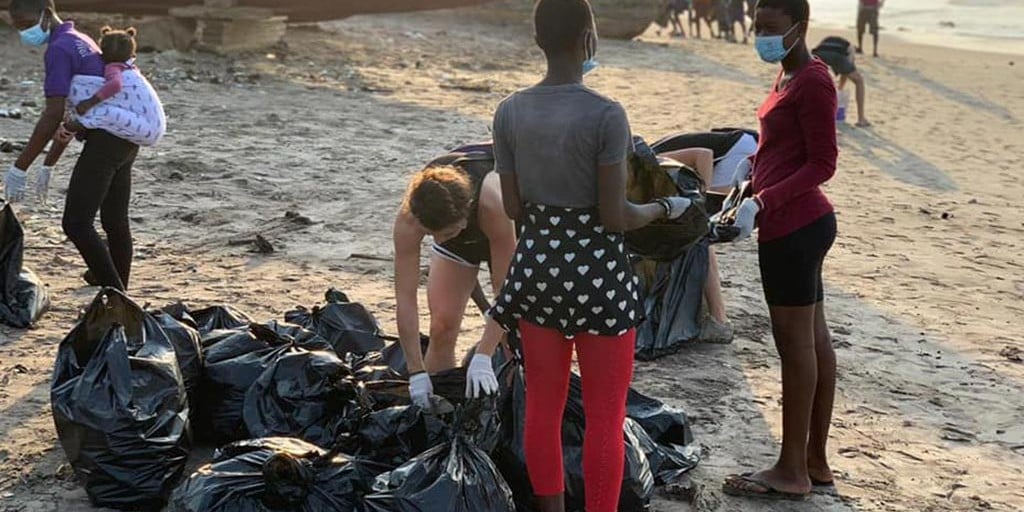
This is the big one. A toxic combination of dependence on fossil fuels and unsustainable industrial practices has created extremely dangerous weather events that threaten to destroy terrestrial and marine ecosystems as well as our access to basic resources like food and water.
Most of the world’s recent natural disasters – including superstorms, freak floods and out of control fires, as well as some of hottest and coldest seasons on record – are the direct result of man-made, fossil-fuel induced global warming.
Across land and sea, natural habitats are deteriorating. We are losing biodiversity at an alarming rate and destabilising precious ecosystems. These ecosystems are so complex and interdependent that we cannot predict all the consequences of their loss, but here is what we do know:
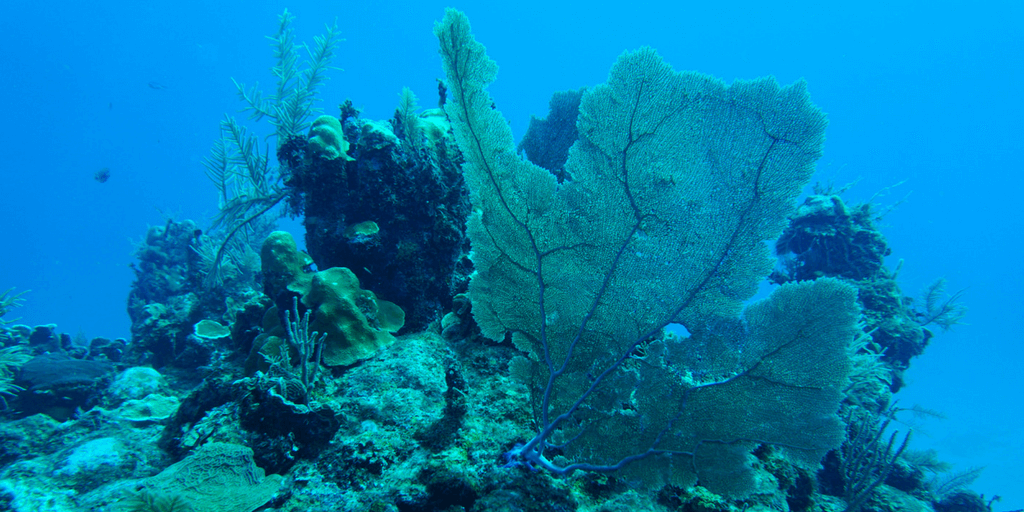
Our oceans aren’t doing much better. Global warming has caused an increase in coral bleaching, killing ecosystems sustained by the nutrients the coral provide, including fishing grounds on which local communities across the world depend.
We are also endangering countless marine species with unsustainable fishing practices like overfishing and bycatch, where dolphins and turtles are caught in commercial fishing nets and later discarded as waste. Meanwhile, pollutants like boat fuel, pesticides, fertiliser, sewage and plastics are causing ocean dead zones – spots where no organism can live.
One in nine people in the world go hungry each day and suffer from nutritional deficiencies as a result. Current estimates show that 957 million people across 93 countries do not have enough to eat.
The problem isn’t that we aren’t producing enough food; it’s that people lack access to food. Many people don’t have enough money to buy basic foodstuff and cannot grow their own. And the number of displaced persons who suffer from food insecurity is increasing too. According to the World Food Programme (WFP), countries with the highest level of food insecurity also have the highest outward migration of refugees.
The ongoing COVID-19 pandemic severely exacerbated the food and water crisis, seeing food and fuel prices rise dramatically due to supply chain issues, failing economies, and an energy crisis brought on by forced lockdowns and closed borders.
The recent Russian invasion of Ukraine further complicates this problem. Sanctions against Russia, one of the world’s biggest producers of fossil fuels, have further increased energy prices, causing food prices to rise too, ultimately making it much harder on people already struggling to afford food. Ukraine is also one of the world’s largest exporters of grain, which it has had to stop producing due to the war. Most of these exports were due to countries suffering food shortages. Together, Russia and Ukraine are also the world’s largest exporter of fertiliser. The war has caused a lack of supply, creating higher prices for farmers that ultimately translate to higher food prices.
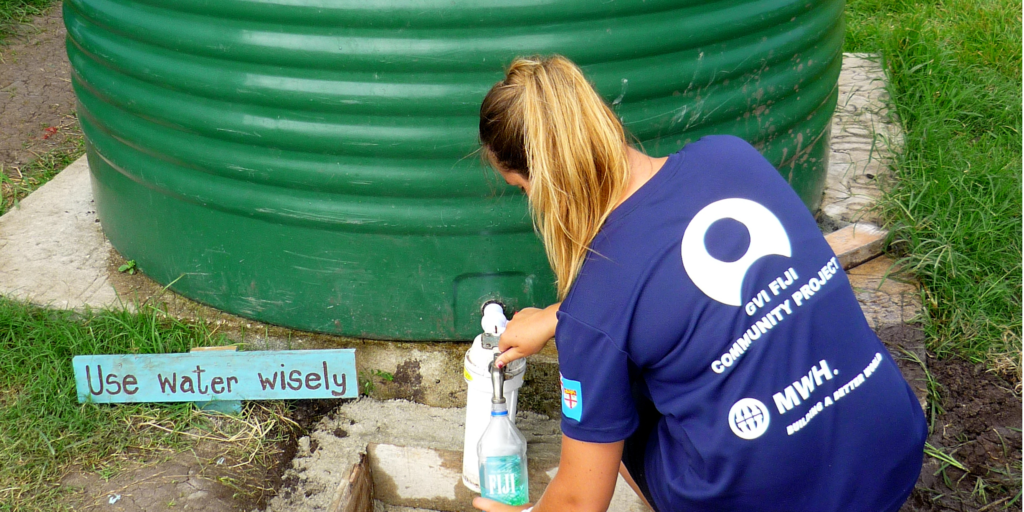
As with food, there is enough fresh water for each person currently living on the planet. But not everyone has equal access to that water. Issues such as poor infrastructure, displacement and conflict mean that many people often have to use unsafe water sources, which is a health and sanitation risk. About two billion people still use a source that is contaminated with human waste, and about the same number don’t have access to adequate toilet facilities.
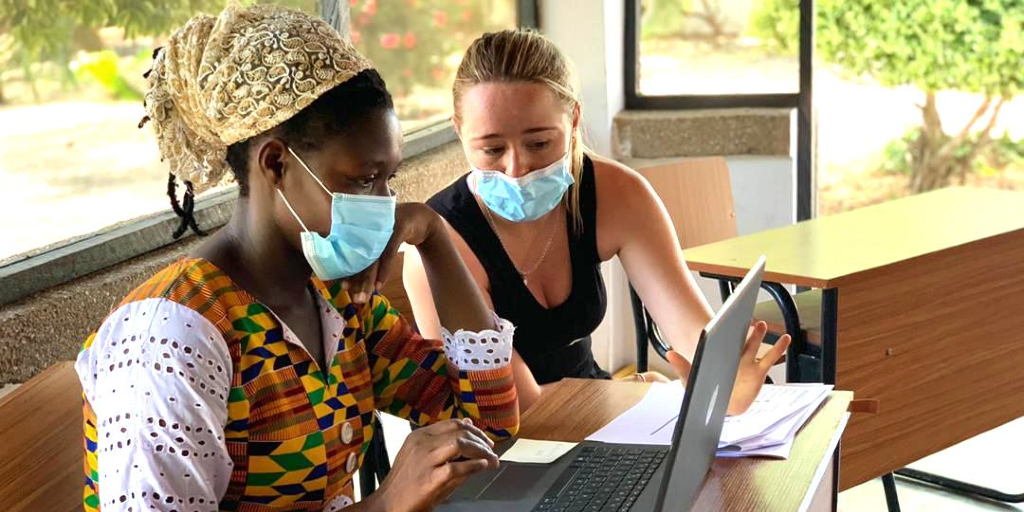
The current overwhelming threat to our overall global health and well-being is the COVID-19 pandemic.
Even though we now have access to effective vaccines and treatment is better understood, more than six million people have died, and the virus continues to threaten vulnerable populations across the world, especially in those areas where access to healthcare is limited. There have also been serious socio-economic side effects that will further contribute to health issues, including mental health issues, for a long time to come.
Other diseases also affect health on a global scale. Fortunately, increased access to clean water and improved education around proper sanitation has resulted in an overall decrease in the prevalence of some communicable diseases like hepatitis, cholera, malaria, tuberculosis and HIV. And while the focus of the global healthcare community has now shifted to non-communicable diseases like cancer, diabetes, chronic respiratory and cardiovascular diseases, all of these health problems remain a concern in countries that lack healthcare resources.
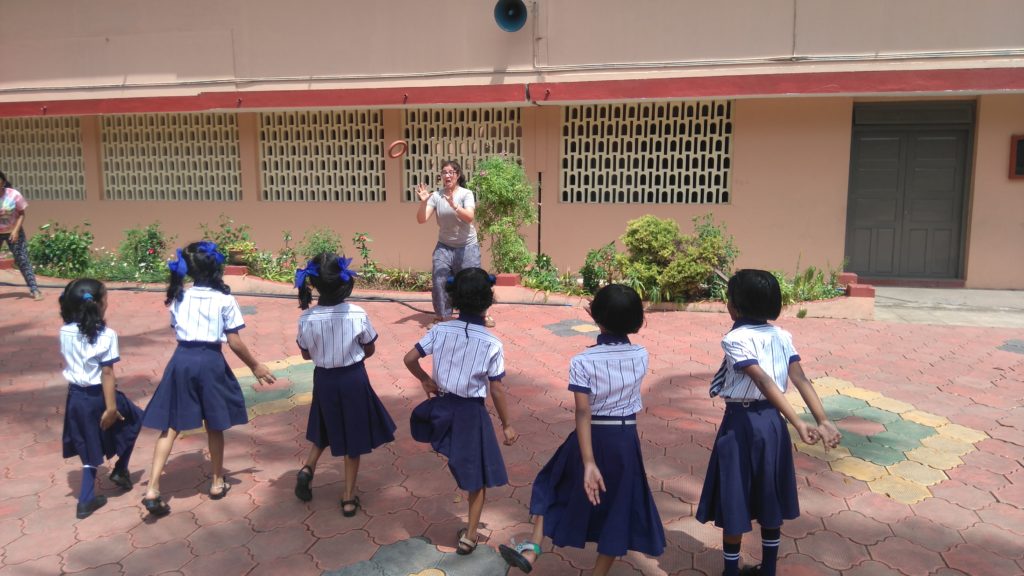
Many children across the world cannot have their basic human needs met. This includes access to food, education and healthcare.
Child health and education go hand in hand. Malnutrition leads to children who are hungry, cannot concentrate and, thus, cannot learn, and are at risk of developing permanent learning disabilities. Children who go chronically hungry can also develop physiological damage, known as stunting.
Even when children are attending school, the quality of their education might be poor, or educational capacity and resources may be limited. This means that they might leave school without the necessary numeracy or literacy skills required. It’s estimated that approximately 600 million children are not mastering basic mathematics and literacy while at school.
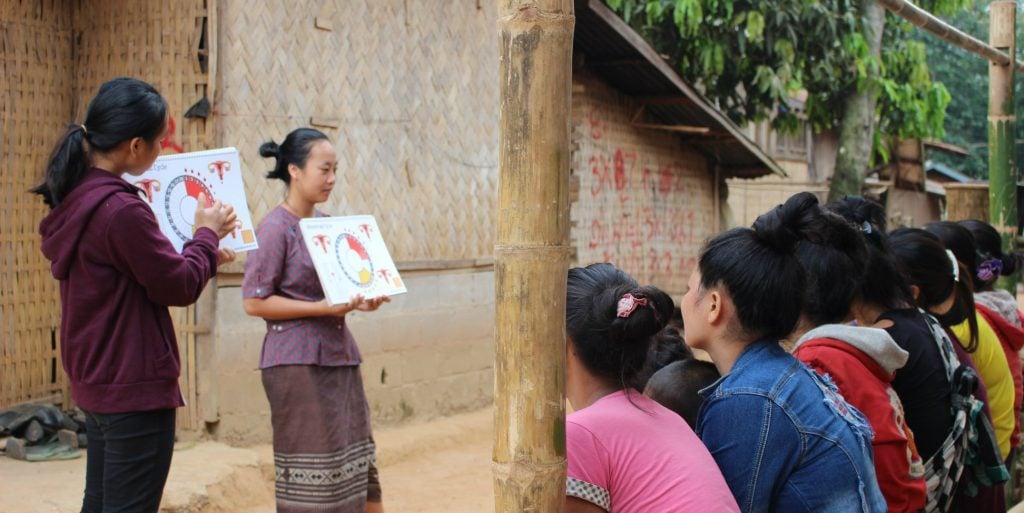
There are well-established historic and social barriers to economic and personal freedom for women across the world. While much has been done to alleviate this, there is still quite a way to go, especially in communities where women are disempowered from a young age, held back from attending school for financial reasons or because of the perception that their education does not matter.
Globally, women still earn less than men, and women with children tend to earn even less.
Meanwhile, it is estimated that one in three women are subjected to physical or sexual violence. This places women at greater risk of mental health issues caused by trauma, as well as sexually transmitted infections.
All these critical global issues are connected.
The climate crisis is causing the destruction of ecosystems the world over, depleting our oceans, displacing millions of people, and polluting water and food sources. This disproportionately affects historically underserved communities and vulnerable populations like women and children.
This impacts global health because it forces both animals and humans into new areas, exposing new potential pathogens which can cross the species barrier. Scientists agree that the emergence of another virus is all but inevitable, especially in areas of the world where access to healthcare systems is limited.
We’ve seen first hand the havoc a global pandemic can wreak. COVID-19 has devastated the global economy, created an energy crisis which has increased our dependency on fossil fuels, worsening the climate crisis, and forcing an increase of food prices that will impact billions of people already going hungry across the world. Not to mention the interrupted education and social services, and the consequent damage that has been done to children, women and other vulnerable groups.
In fact, all of these challenges affect vulnerable communities, where resources and access are limited, more profoundly.
For example, a number of world statistics highlight a need for additional support in Sub-Saharan Africa. This region has the highest child mortality rate and persons living with HIV infection in the world, as well as the most extreme rates of child stunting, the highest number of road traffic fatalities, and the lowest numeracy and literacy rates. Its population is also one of the fastest-growing, which means more and more people are affected by these issues every day. Some of the widest gaps between income groups and genders can also be found in Sub-Saharan Africa.
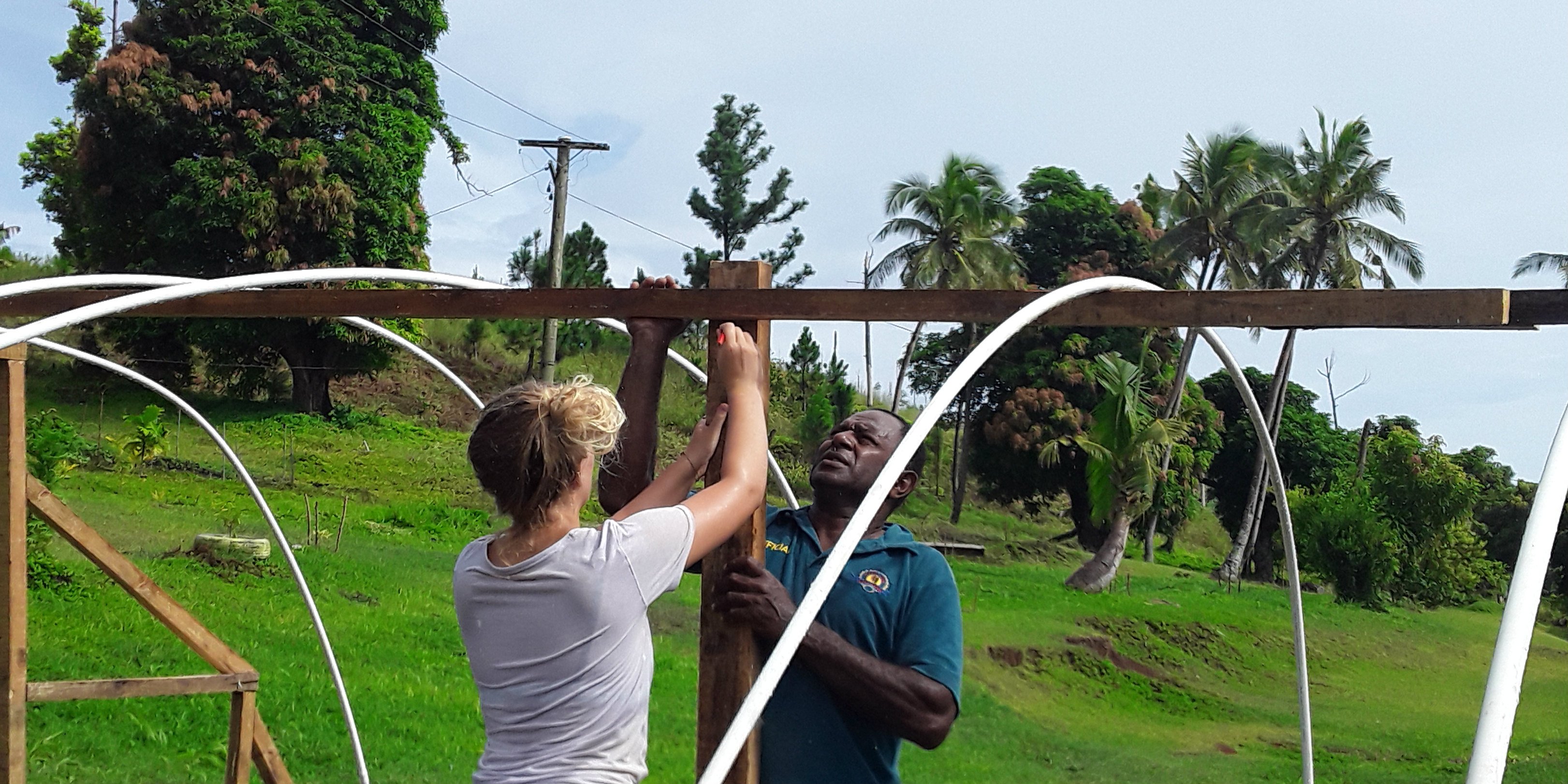
Our top priorities as a community should be:
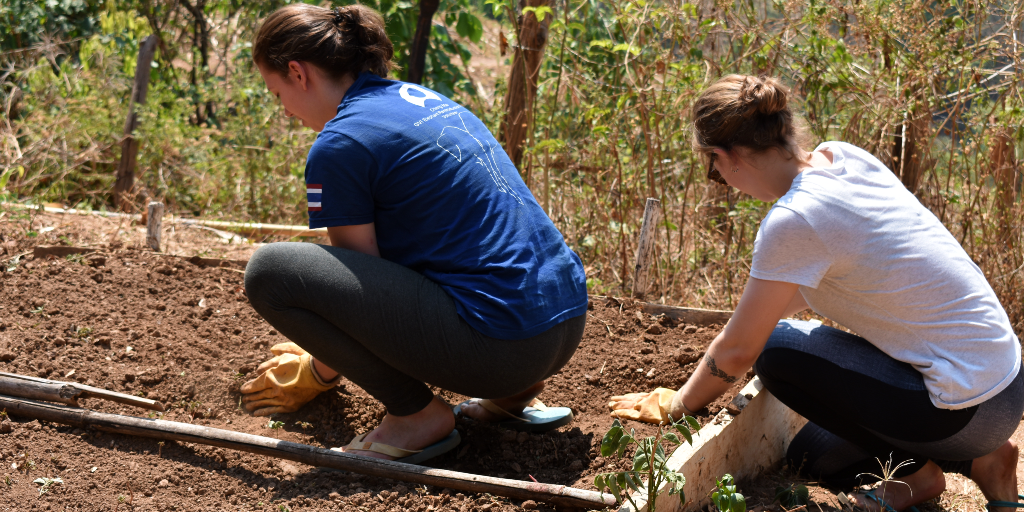
It’s up to you to choose a cause. What are you most passionate about? Where can your particular skills be most useful and most fulfilling?
Still not sure how you can help? Contact us our enrolment advisors, who spend all day speaking to people just like you, looking to match their purpose and passion to a project.
Disclaimer: The images in this article were taken pre-COVID-19.

Embark on a journey through Barcelona's captivating art and architecture. Explore the visionary works of Gaudí, Picasso, and more, set against the city's stunning landscapes.
GVI
Posted: July 5, 2024